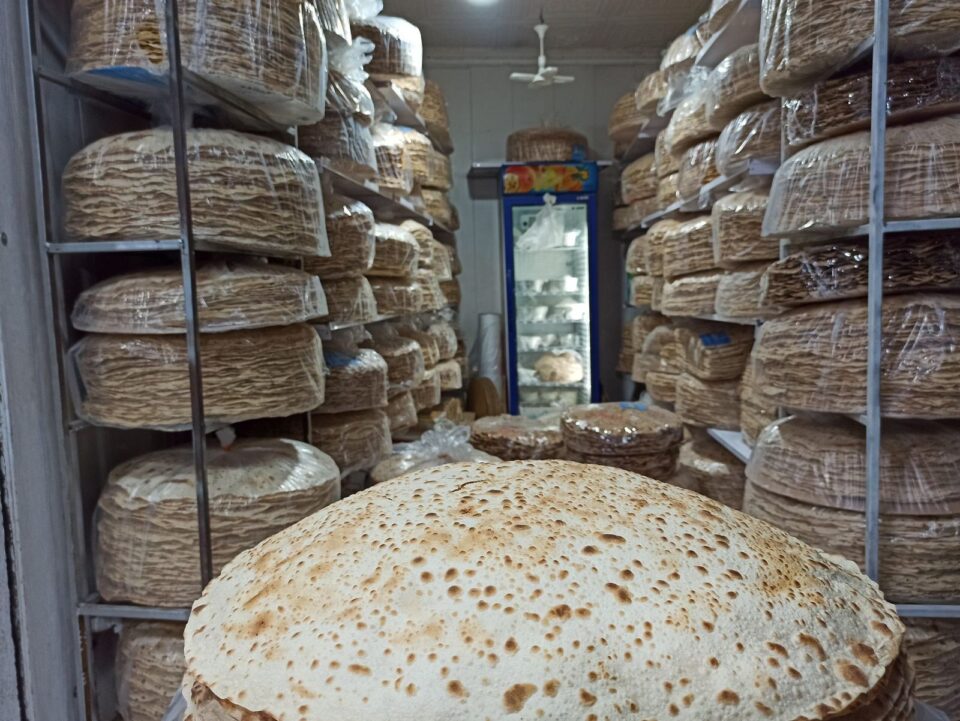The four popular bread varieties currently consumed in the absence of Hawrami bread are Kwera, Hajari, Berberi, and Mashini. However, as people become more health-conscious, many are returning to traditional Kurdish breads, particularly Tiri and Hawrami.
Hawrami bread has a long history. Experts say its origins date back to a time when bread-making in the Hawraman region was done exclusively in this manner, with no alternative methods available. Tiri bread also has an ancient history. Although the exact history of both types of bread is unclear, Hawrami bread has been used by my ancestors. This bread has a unique taste that cannot be replicated by other methods. However, its preparation can be somewhat challenging. Today, many people are turning to Hawrami bread due to health concerns and a desire for healthier foods, as it is thin, tastes good, and allows for a meal with less bread, which helps avoid weight gain.
Recently, many small bakeries have sprung up in alleys and marketplaces due to the high demand for both types of bread. They are also sold in larger marketplaces.
Both women and men skilled in making Hawrami bread have returned to this profession. However, making Hawrami bread is currently quite labor-intensive, and women often find it tiring. Consequently, fewer women are involved in making it, while many men produce it cooperatively in small workshops. In contrast, Tiri bread is primarily prepared by women in Kurdistan.
A sack of flour yields about 700 loaves of Hawrami bread. Notably, much of this bread is produced in Eastern Kurdistan (Iranian Kurdistan) and transported to Southern Kurdistan (Iraqi Kurdistan). Residents of Southern Hawraman often say, “Every morning, I wake up to the sound of Eastern women calling out to sell Hawrami bread.”
Despite Hawrami bread being a product of the Hawrami region without distinction between South and East, Eastern women have become proficient in the bread market. Daily, women from the Iranian village of Dizawari, which borders the town of Tawela in Southern Kurdistan, carry bread on their backs and sell it in the Tawela market.
Due to the high demand for Hawrami bread, Eastern women have mastered the art of making it, and their bread is highly sought after. Additionally, many markets now deliver Hawrami and Tiri bread to homes and restaurants, reflecting their high tourist demand. Before the liberation of Iraq and the opening of the region to the outside world, as well as before the improvement of the economic situation, many citizens from the Halabja area, especially women, made and sold Hawrami bread in the cities of Sulaymaniyah, Erbil, and Baghdad.

